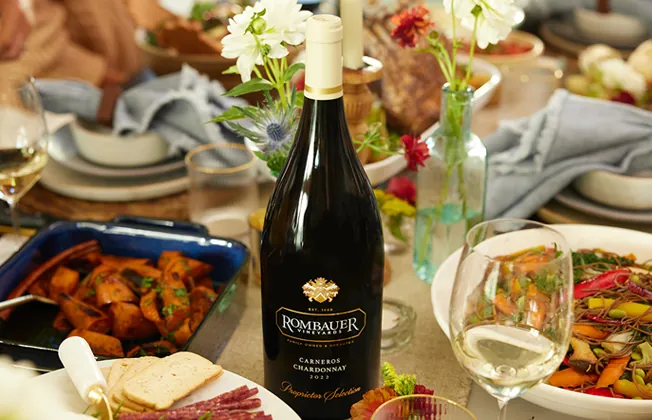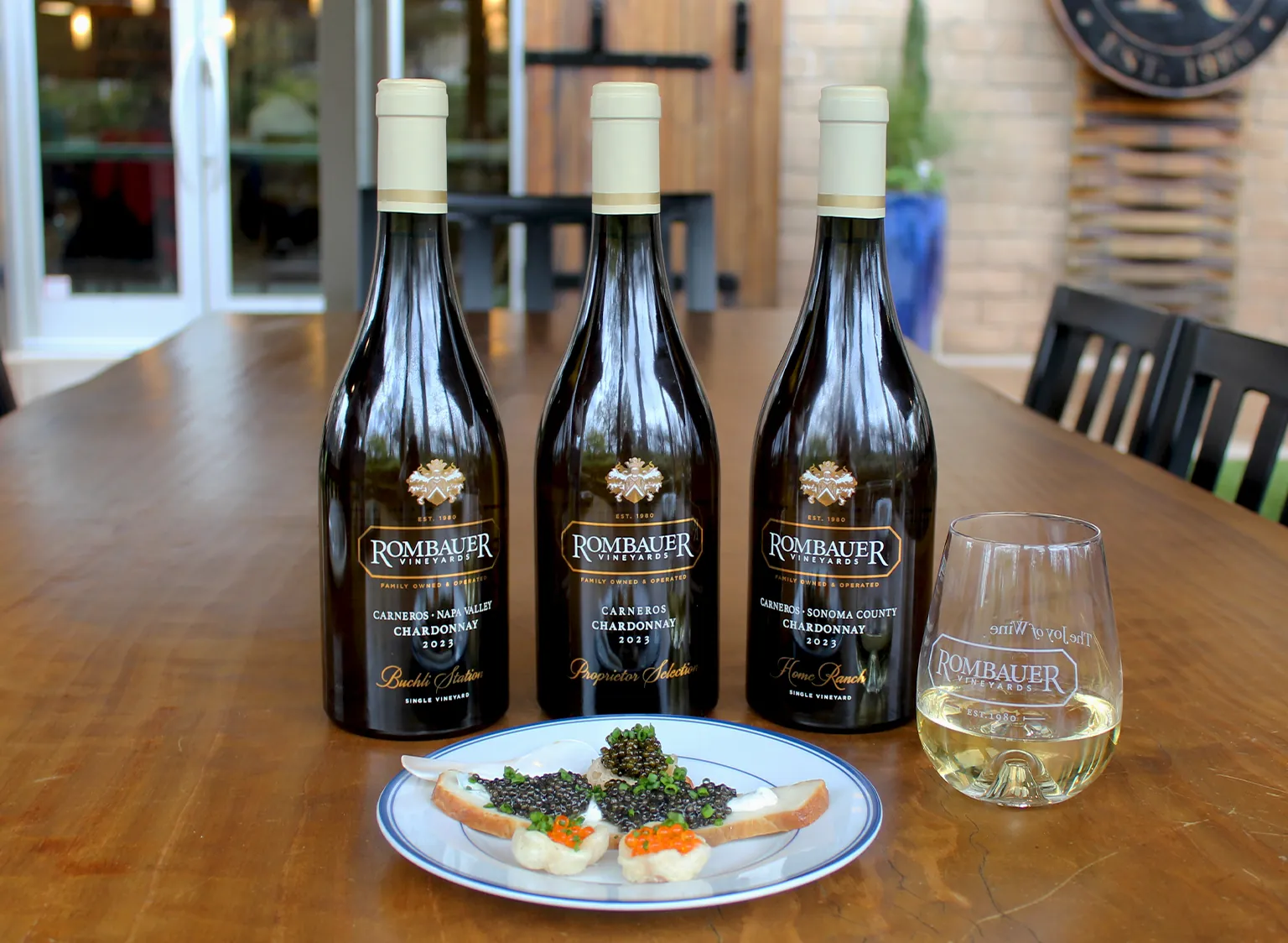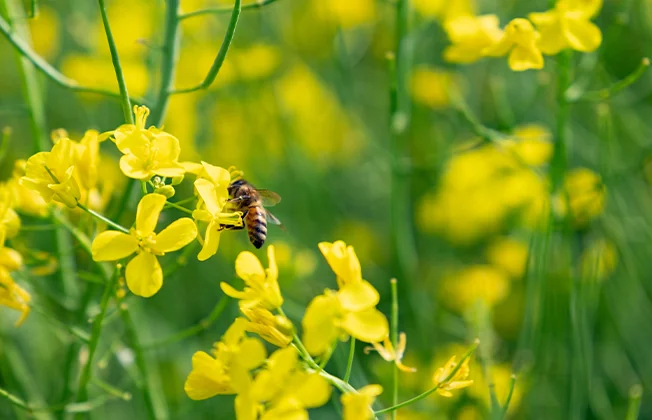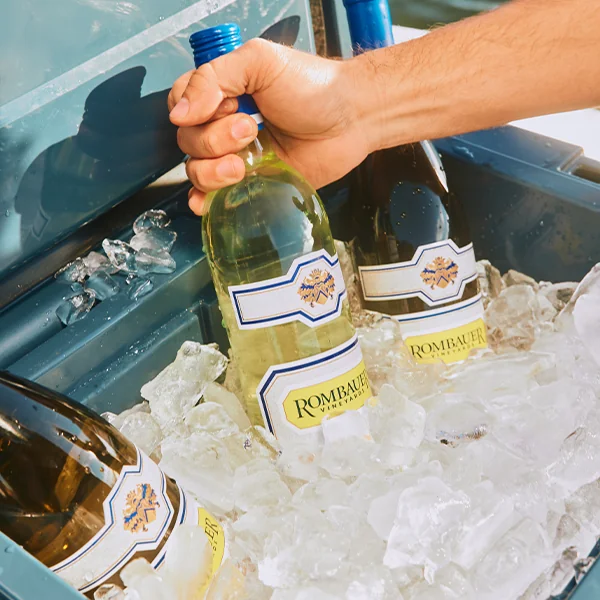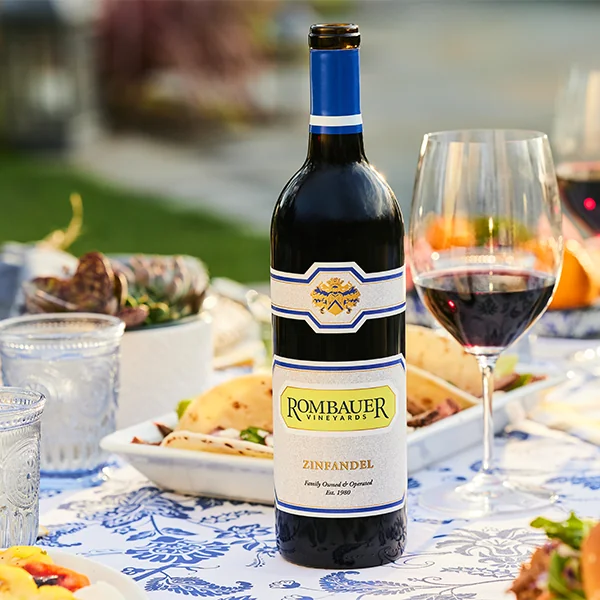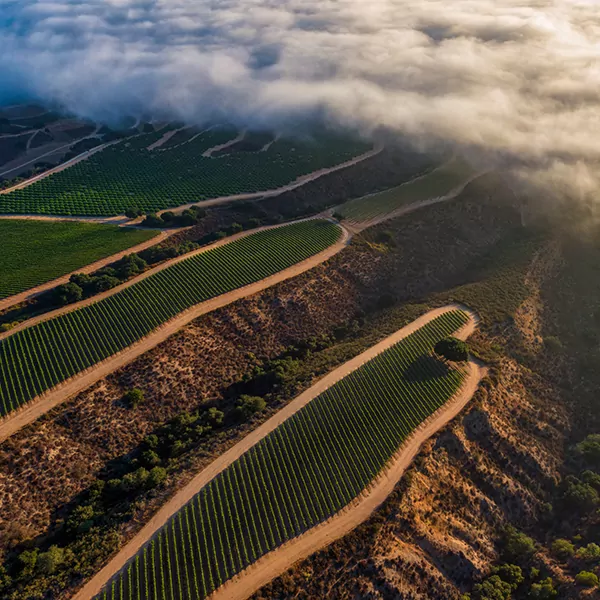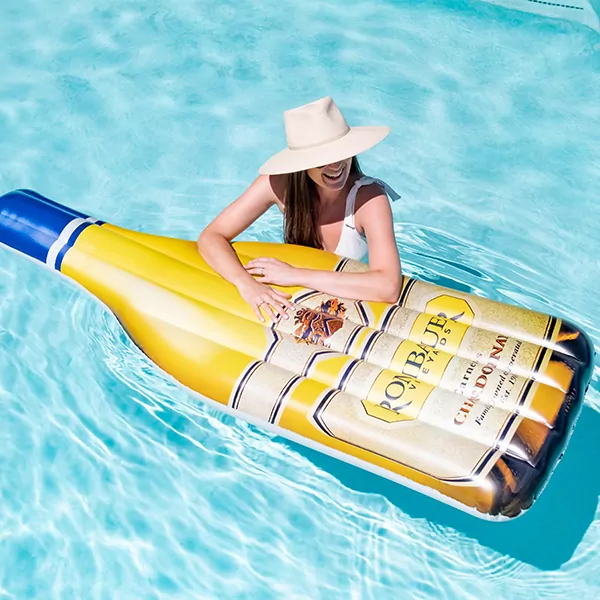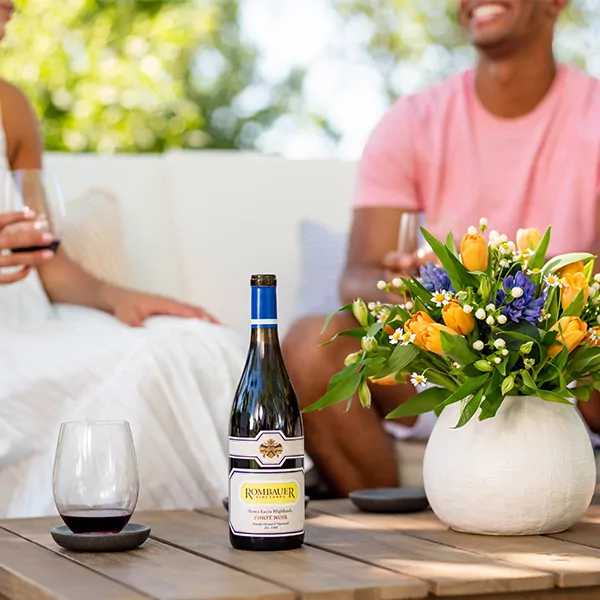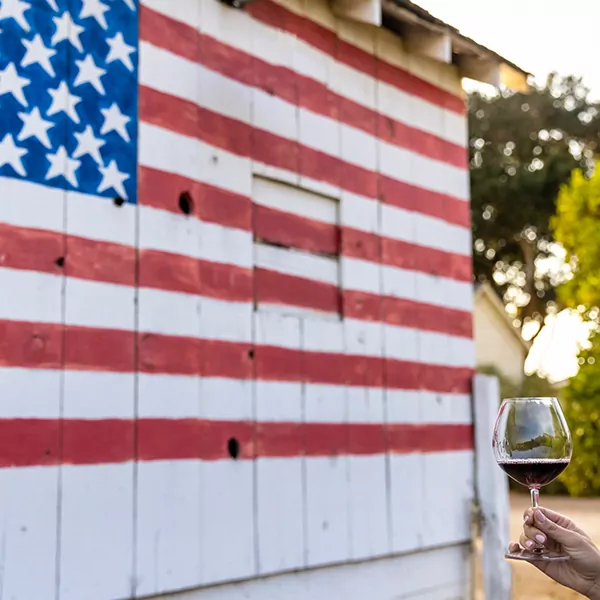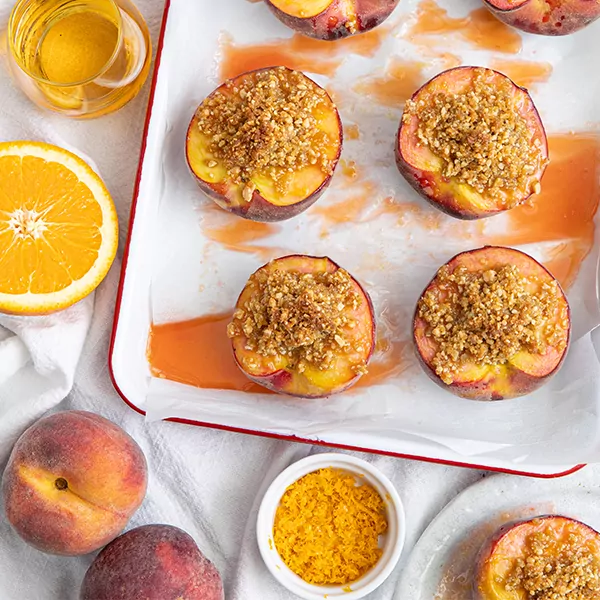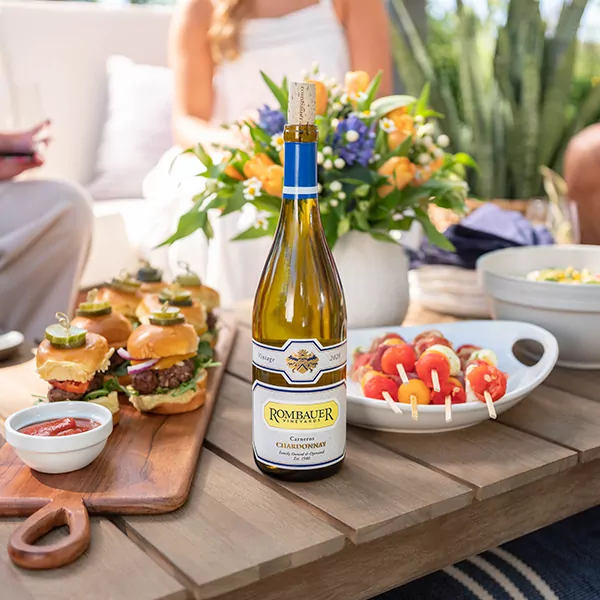Bring a bit of friendly competition to your next summer party with our wine games.
Divide your guests into two or more teams. The team who wins the most games is awarded a “medal” such as chocolate bars or other fun treat.
Wine Trivia Challenge
Answering Questions: Teams will discuss and choose their answers for each question. Write down your team’s answers on the provided answer sheets.
Scoring: After all questions have been answered, the host will reveal the correct answers. Teams will score one point for each correct answer.
Winning: The team with the greatest number of correct answers at the end of the game wins!
1. Question: Chardonnay is one of the most widely planted grape varieties worldwide. Which country is home to the world’s oldest continuously producing Chardonnay vineyard?
A. France
B. Australia
C. Italy
D. United States
2. Question: What process, often used in Chardonnay production, converts harsh malic acid into softer lactic acid, adding a creamy texture to the wine?
A. Carbonic maceration
B. Malolactic fermentation
C. Mylanta fermentation
D. Cryo-extraction
3. Question: What distinct aroma is often associated with Chardonnay wines that have undergone malolactic fermentation?
A. Citrus
B. Puppy paws
C. Butter
D. Grass
4. Question: What common flavor profile might you expect from a warm climate Merlot?
A. Green apple, lemon, and lime
B. Ripe berries, plums, and sometimes chocolate
C. Pepper, leather, and tobacco
D. Mountain Dew, bubble gum, and Cheetos
5. Question: Merlot is often blended with other grape varieties. What is the most common grape it is blended with in Bordeaux blends?
A. Pinot Noir
B. Malbec
C. Cabernet Sauvignon
D. Syrah
6. Question: Zinfandel is known for its old vines. What is the age of the oldest Zinfandel vineyard that still produces fruit?
A. 78 years
B. 105 years
C. 154 years
D. 182 years
7. Question: What is a common tasting note for Zinfandel wines, particularly those grown in warmer climates?
A. Green bell pepper, mint, and eucalyptus
B. Jammy fruit, black pepper, and sometimes a hint of tobacco
C. Fresh herbs and grapefruit
D. Rose petal, strawberry, and vanilla
8. Question: What is the term for the natural process of allowing wine to clarify and stabilize by sitting undisturbed in barrels or tanks for an extended period?
A. Fining
B. Racking
C. Lounging
D. Aerating
9. Question: What is the purpose of “punching down” the cap during fermentation in winemaking?
A. To remove unwanted sediment
B. To wake up the yeast
C. To introduce oxygen to the wine
D. To submerge the skins that float to the top, ensuring better color and tannin extraction
10. Question: Which viticultural practice involves planting grasses or other crops between vine rows to improve soil health and manage water retention?
A. Pruning
B. Cover cropping
C. Turfing
D. Grafting
11. Question: What is the term used to describe the mixture of dead yeast cells and other particles that form at the bottom of a fermentation vessel?
A. Tannin
B. Dust bunnies
C. Must
D. Lees
Answer Key with Explanations
1. Answer: B. Australia
Explanation: The world’s oldest continuously producing Chardonnay vineyard, planted in 1867, is located in Australia at Tyrrell’s Vineyards in Hunter Valley.
2. Answer: B. Malolactic fermentation
Explanation: Malolactic fermentation is a process that converts malic acid into lactic acid, adding a creamy texture and buttery aroma to the wine.
3. Answer: C. Butter
Explanation: Wines that undergo malolactic fermentation often exhibit a buttery aroma, a result of the conversion of malic acid to lactic acid.
4. Answer: B. Ripe berries, plums, and sometimes chocolate
Explanation: Warm climate Merlot wines often have flavor profiles that include ripe berries, plums, and chocolate due to the extended ripening period.
5. Answer: C. Cabernet Sauvignon
Explanation: Merlot is commonly blended with Cabernet Sauvignon in Bordeaux blends to balance the wine’s structure and flavor profile.
6. Answer: C. 154 years
Explanation: The oldest producing Zinfandel vineyard is the “Original Grandpere Vineyard” in Amador County, California, planted in 1869. This vineyard is renowned for its ancient vines that continue to produce high-quality Zinfandel grapes.
7. Answer: B. Jammy fruit, black pepper, and sometimes a hint of tobacco
Explanation: Zinfandel wines from warmer climates are often described as having jammy fruit flavors, black pepper spice, and occasionally a hint of tobacco.
8. Answer: B. Racking
Explanation: Racking allows the wine to clarify and stabilize by sitting undisturbed, during which sediment settles at the bottom of the barrels or tanks.
9. Answer: D. To submerge the skins that float to the top, ensuring better color and tannin extraction
Explanation: Punching down the cap during fermentation helps to ensure better color and tannin extraction by submerging the skins that float to the top.
10. Answer: B. Cover cropping
Explanation: Cover cropping involves planting grasses or crops between vine rows to improve soil health, manage water retention, and prevent erosion.
11. Answer: D. Lees
Explanation: Lees are the mixture of dead yeast cells and other particles that form at the bottom of a fermentation vessel, which can add complexity to the wine if aged on the lees.
Cork Toss Challenge
Objective: Players compete to see how many corks they can toss into ten wine glasses set up in a triangle formation in 60 seconds. Each glass contains a penny, nickel, dime, or quarter to indicate the points earned if the player is able to throw the cork in the glass. Whichever team has the most points wins the game.
Setup:
- Triangle Formation: Arrange wine glasses in a triangle formation (similar to bowling pins or a beer pong setup).
- Point Values: Assign different point values to each row of glasses or randomly drop coins in glasses. (Wash the coins thoroughly before using.)
- For example:
- Front row: 1 point (easiest)
- Second row: 5 points
- Third row: 10 points
- Back row: 25 points (hardest)
- Corks: Provide ample corks so players can try for as many points as possible in 60 seconds.
Rules:
- Turns: Players take turns tossing corks from a designated tossing line. They have 60 seconds to earn as many points as possible.
- Scoring: Points are scored based on the glasses in which the corks land. If a cork lands in a glass, the player scores the points associated with that glass.
- Winning: The team with the highest total score after all corks have been tossed wins the game.
Wine Bottle Relay Race
Objective: Teams compete in a relay race where they must transport water in a cup and fill a wine bottle placed on the ground without bending over. The team that successfully fills the bottle to a designated level first wins.
Setup:
- Teams: Divide participants into two or more teams.
- Starting Line: Mark a starting line where each team will begin.
- Containers: Place empty wine bottles at a set distance from the starting line for each team.
- Water Source: Provide a large open container filled with water, like a bucket or large pot, at the starting line.
- Cups: Give each team a set of small cups to transport the water.
Rules:
- Transporting Water: Players must scoop water from the container using the cup and carry it to the wine bottle.
- Filling the Bottle: Players must pour the water into the wine bottle without bending over. This requires them to use careful aim and patience to avoid spilling.
- Relay Race: Only one player from each team can transport water at a time. Once a player has attempted to pour their water into the bottle, they return to the starting line and pass the cup to the next teammate.
- Winning: The first team to fill their wine bottle to the designated level wins the race.


